In This Article
North Dakota’s largest cities offer wide skies, friendly faces, and a surprising mix of history, culture, and nature. From college-town energy to peaceful riverside strolls, each place has its own story—and plenty of room to roam.
I’m walking along the Red River in Fargo, local coffee in hand, murals on every corner—and the vibe is way cooler than I expected.
Fargo leads the list as North Dakota’s largest city, known for its lively downtown, creative scene, and Midwest charm with a twist. Bismarck, the capital, offers a slower pace with riverside parks, museums, and access to scenic state trails. Across the river, Mandan hosts fairs, rodeos, and history-rich sites. In the west, Minot blends military roots with art, culture, and the famous North Dakota State Fair. And Grand Forks, home to the University of North Dakota, buzzes with youthful energy, greenways, and hockey pride.
"From prairie towns to river cities—North Dakota’s largest hubs are proof that small can still be mighty."
The Largest City:
1. Dive into Art, Culture, and Midwestern Charm in Fargo
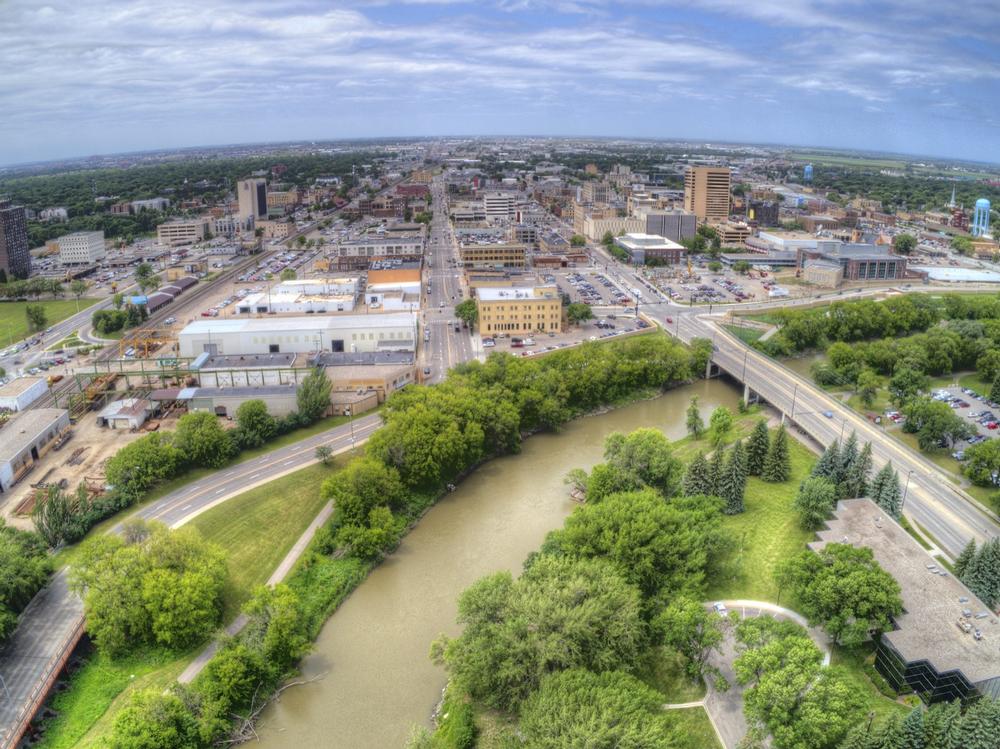
© Jacob/stock.adobe.com
Located in Cass County, of which it is the county seat, Fargo
is the largest city in North Dakota. It is the only city in North Dakota to have a population in excess of 100,000 and is located in the eastern section of the state. Fargo covers an area of 48.82 square miles and has an estimated population of 122,000, with over 238,000 people living in the surrounding metropolitan area.
Fargo, alongside neighboring cities Moorhead, West Fargo, and Dilworth, forms the Fargo-Moorhead Metropolitan Statistical Area, which stretches across the North Dakota-Minnesota border and is a key business and commercial center for the two states. Fargo has demonstrated rapid growth in recent years, becoming a burgeoning cultural, educational, and healthcare hub for the state.
Other Large Cities:
2. Explore History and Outdoor Adventures in Bismarck
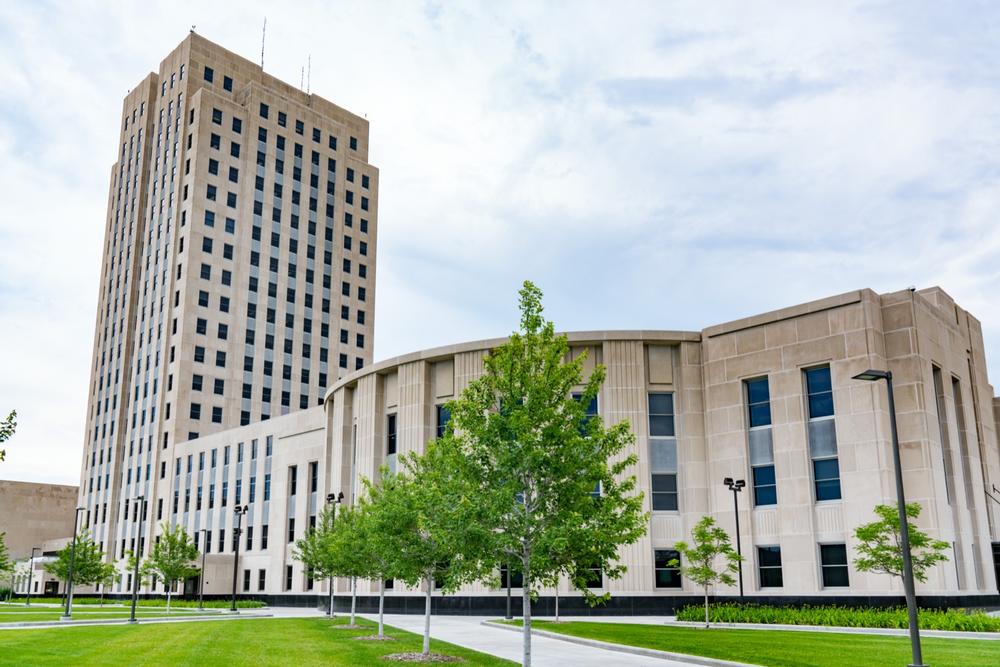
© pabrady63/stock.adobe.com
Situated in Burleigh County, of which it is the county seat, Bismarck
is the second largest city in North Dakota and is also the state capital. This city is located in the southern central part of the state on the Missouri River and covers an area of 31.23 square miles.
The estimated population of Bismarck is 72,000, with more than 132,000 people living in the city's metropolitan area. Bismarck was founded in 1872 and named after Otto von Bismarck, the first Chancellor of the German Empire. Bismarck has close connections with the neighboring city of Mandan, which is situated on the other side of the Missouri River.
3. If You’re Seeking River Views and Local Flavor, Visit Grand Forks
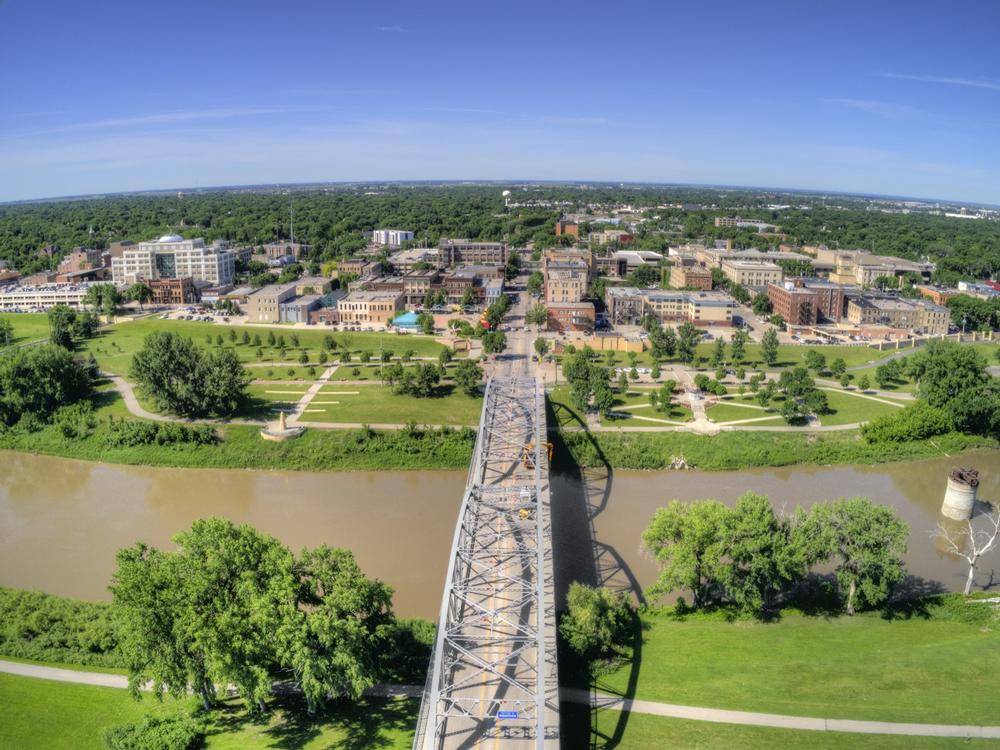
© Jacob/stock.adobe.com
Located in Grand Forks County, of which it is the county seat, Grand Forks is the third largest city in the state of North Dakota. This city is situated on the eastern border of the state and covers an area of 20.09 square miles. The estimated population of Grand Forks is 57,000, with over 102,000 people living in the surrounding metropolitan area.
Grand Forks was named due to its location at the fork of the Red and Red Lake rivers. Initially an agricultural settlement, Grand Forks has grown to become a key North Dakota center for research, education, healthcare, and more. The city has its own international airport and is the home of the University of North Dakota.
4. Discover Scandinavian Roots and Big Festivals in Minot
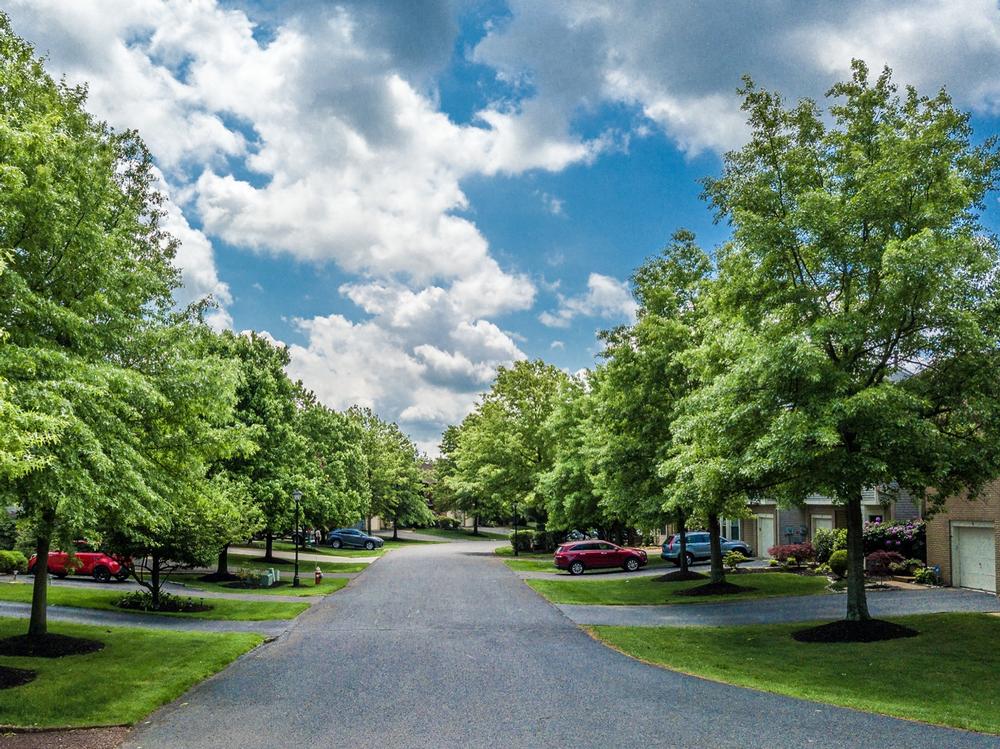
© oldmn/stock.adobe.com
Located in Ward County, of which it is the county seat, Minot
is the fourth largest city in North Dakota. Nicknamed 'Magic City' due to its rapid growth and development, Minot is situated in the northern central part of the state. This city covers an area of 17.45 square miles and has an estimated population of 47,000, with over 77,000 in the metropolitan area.
Minot was founded in 1886 and incorporated just one year later. The city is named after Henry Minor, a railroad executive. The city has a strong Scandinavian past and culture, with almost half of its residents having Scandinavian heritage. In line with this, Minot plays host to the largest annual Scandinavian festival in the country, Norsk Hostfest.
5. If You Want Small-Town Warmth with City Perks, Head to West Fargo
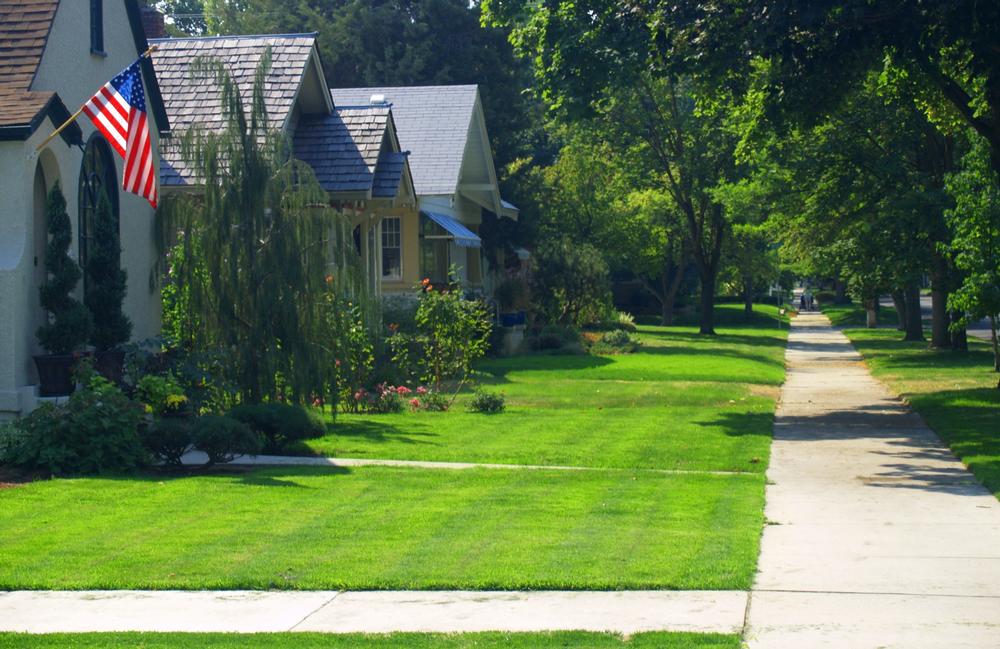
© Devin Allphin/stock.adobe.com
Located in Cass County, just outside Fargo, West Fargo
is the fifth largest city in North Dakota. It is also one of the fastest-growing cities in the state and covers an area of 14.72 square miles in total. The estimated population of West Fargo is 35,000.
This city was founded in 1926 and is part of the large Fargo-Moorhead Metropolitan Statistical Area which includes cities in both North Dakota and Missouri. Due to its proximity to Fargo, West Fargo has close links with North Dakota’s biggest city.
📔 I get asked this a lot so I decided to include it:
-
Where is North Dakota located?
- Located in the Midwest region in the northern central part of the United States, North Dakota is the 19th largest state in terms of area but has the fourth smallest population of any state.
-
How densely populated is North Dakota?
- North Dakota is the 47th most densely populated state.
-
What is North Dakota’s nickname?
- Known as the 'Peace Garden State', North Dakota covers an area of 70,762 square miles and has an estimated population of 755,000.
-
Which states and countries border North Dakota?
- North Dakota has borders with South Dakota and Montana, as well as the Canadian provinces of Manitoba and Saskatchewan.
🖋 How did I do?
Is the article too broad, too narrow, or just right ? Do you like the presentation of photos and text? Let me know in the comments! If you want to see more in this location, I can put it on my editorial calendar. I'm listening!
Plan Your Trip







